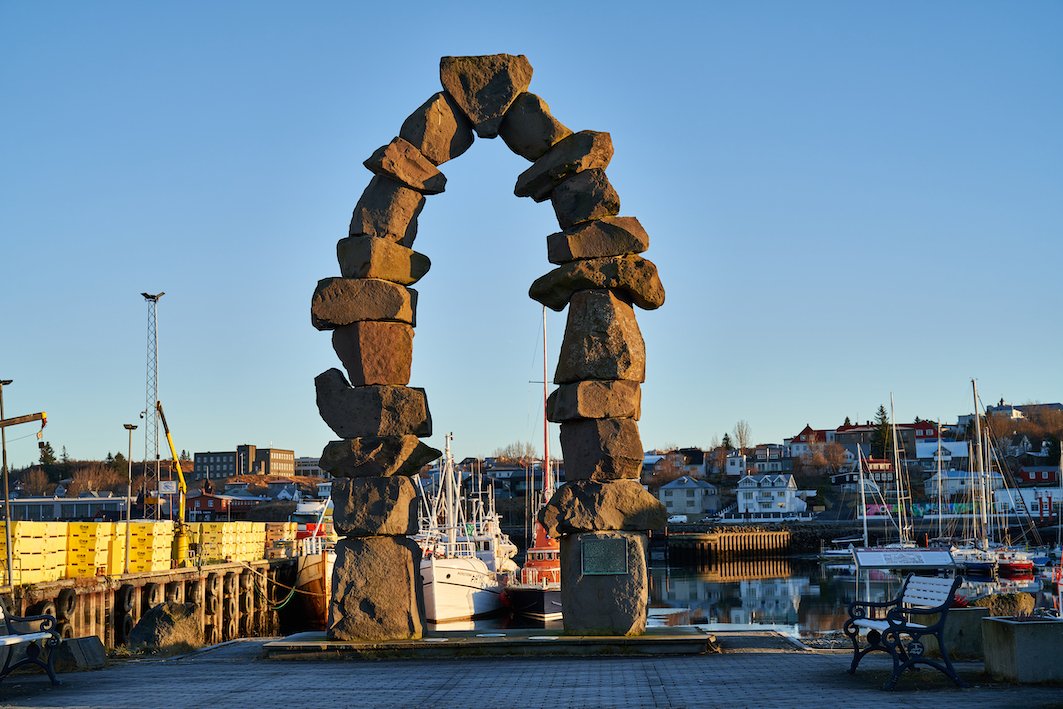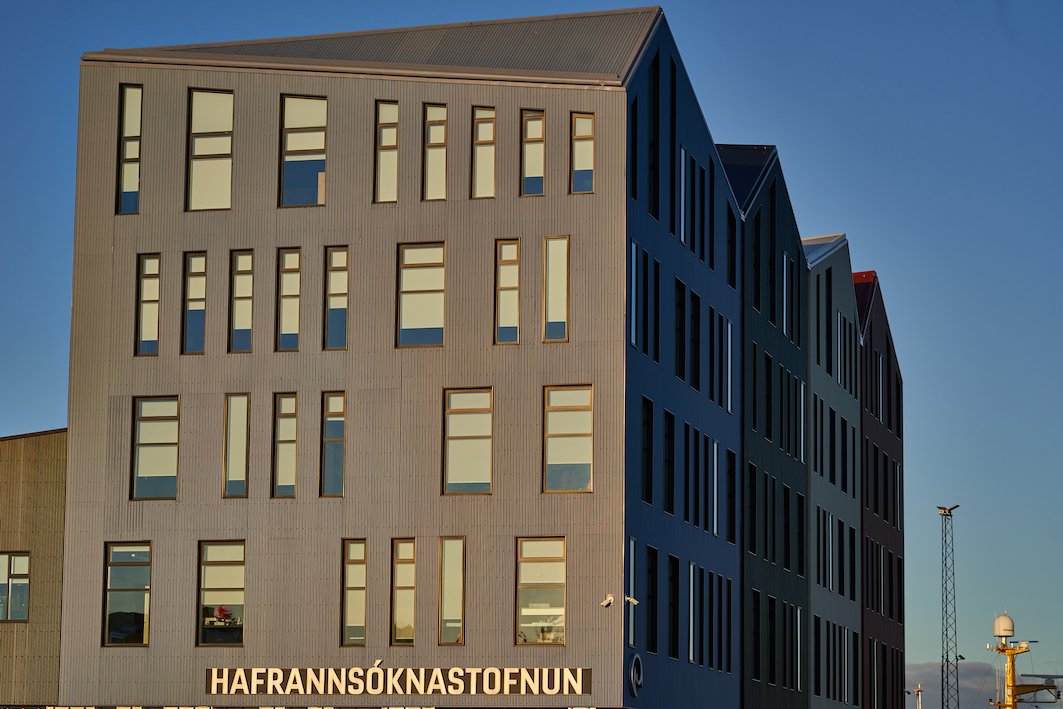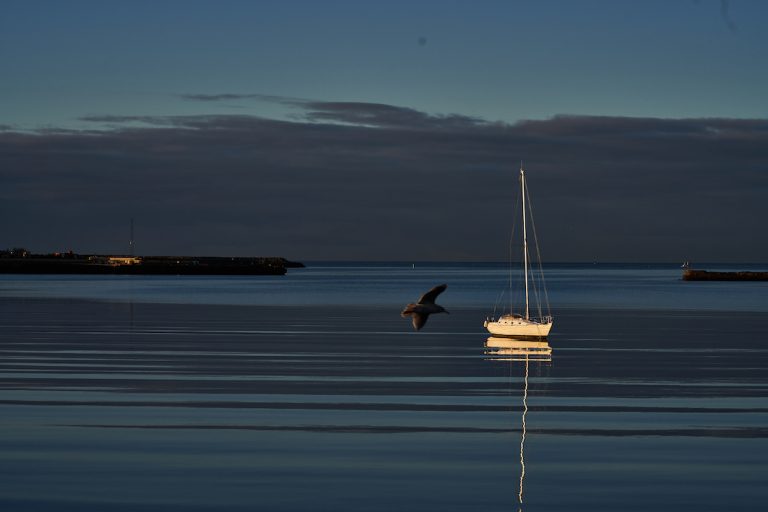Hafnarfjörður was the main port of the German Hanseatic merchants in Iceland. It was also the country’s largest import and export port from 1480 and throughout the 16th century. In 1602 Christian IV, the Danish king issued a decree on monopoly trade, with which everyone other than citizens of the Danish state was forbidden to trade in Iceland.
One of the greatest periods of decline in Icelandic history began at that time, but the monopoly trade lasted until 1787. The king also issued the decree in 1608 that all the buildings of the Hanseatic merchants in Hafnarfjörður were to be demolished, including the first Lutheran church in Iceland, a wooden church with a copper roof.
The church was established and constructed by Hanseatic merchants in Hafnarfjörður and Straumsvík and captains who spent time on Icelandic voyages.
Not much reminds us of the Hanseatic period in Hafnarfjörður today, except for a monument to the first Lutheran church built there by the harbour in 1533. The work is by the German artist Lupus; the gate commemorates the relations between Icelanders and Germans and points the way into the future. The presidents of the two countries unveiled the monument almost twenty years ago.



Photographs & text: Páll Stefánsson
Hafnarfjörður 28/11/2022 : A7R IV, A7R III : FE 1.2/50mm GM, FE 2.8/100mm GM


